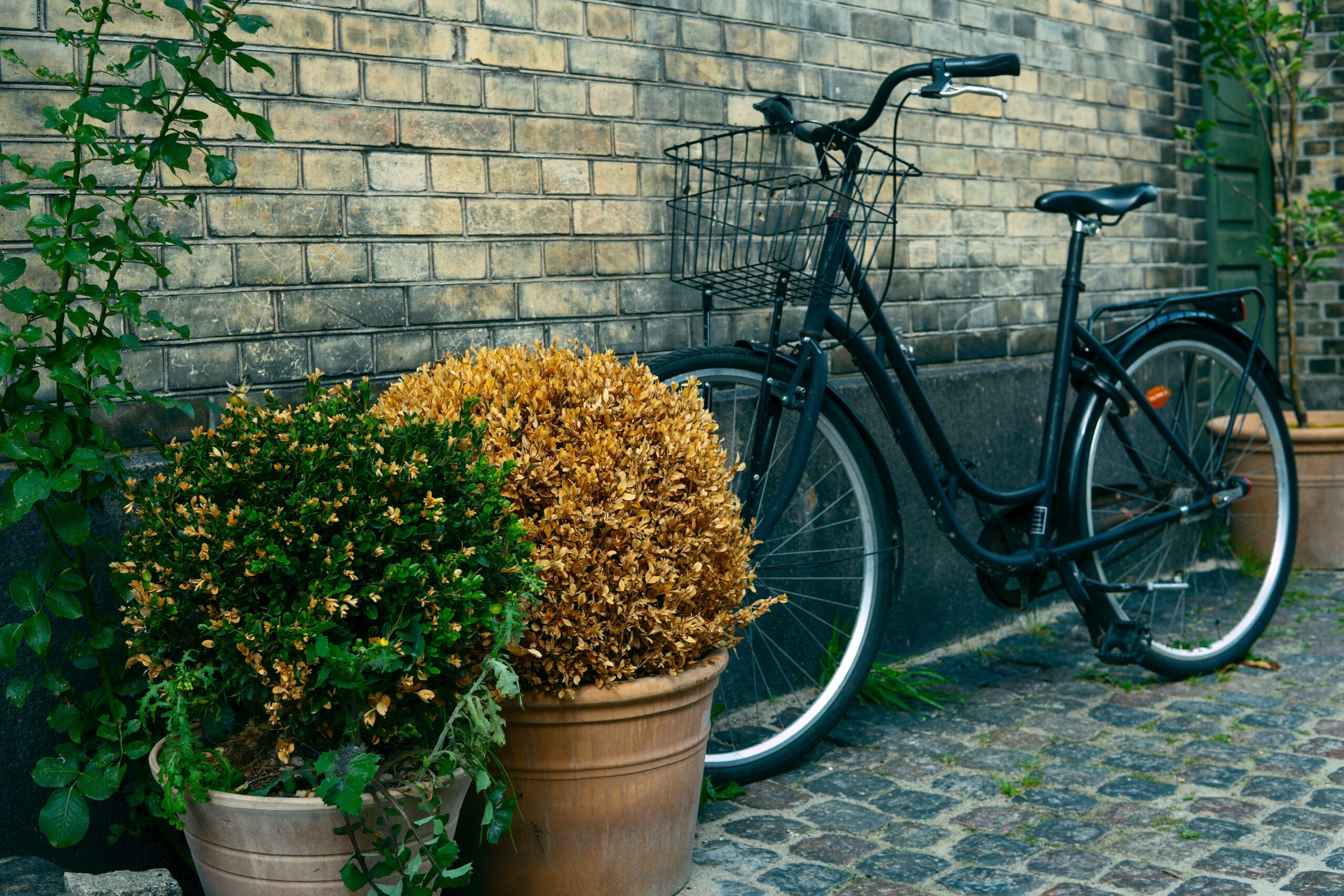A bicycle, commonly known as a bike, is a steerable, two-wheeled vehicle that is propelled by the rider’s feet. The front wheel of a normal bicycle is held in a rotating fork, and the wheels are positioned in line in a metal frame. The rider steers by swaying and turning handlebars that are fastened to the fork while seated on a saddle.
Pedals connected to cranks and a chain wheel are turned by the foot. A chain loop that connects the chain wheel to a sprocket on the back wheel transfers power. Bikes may be ridden at speeds of 16–24 km/h (10–15 mph), which is around four–five times faster than walking. Riding is simple to learn.
The bicycle is now the most effective way to turn human energy into movement. For transportation, leisure, and sports, bicycles are frequently used. Bicycles are crucial for getting people and things around in places where there aren’t many cars. Bicycles outsell cars three to one and are produced in equal numbers around the world.
Bicycles for commuting and shopping are strongly promoted in the Netherlands, Denmark, and Japan. In the United States, bike lanes have been built in numerous locations, and the government promotes bicycles as an alternative to automobiles.
Bicycling, often known as biking or cycling, is the riding of a bicycle for recreational purposes such as touring, exercise, and personal transportation. A bicycle is a single-track, pedal-powered human-powered vehicle (HPV) with two wheels mounted to a frame, one wheel in front of the other. Even though tricycles and unicycles have three wheels or one wheel instead of two, they are frequently referred to be bikes in informal contexts.
Purpose
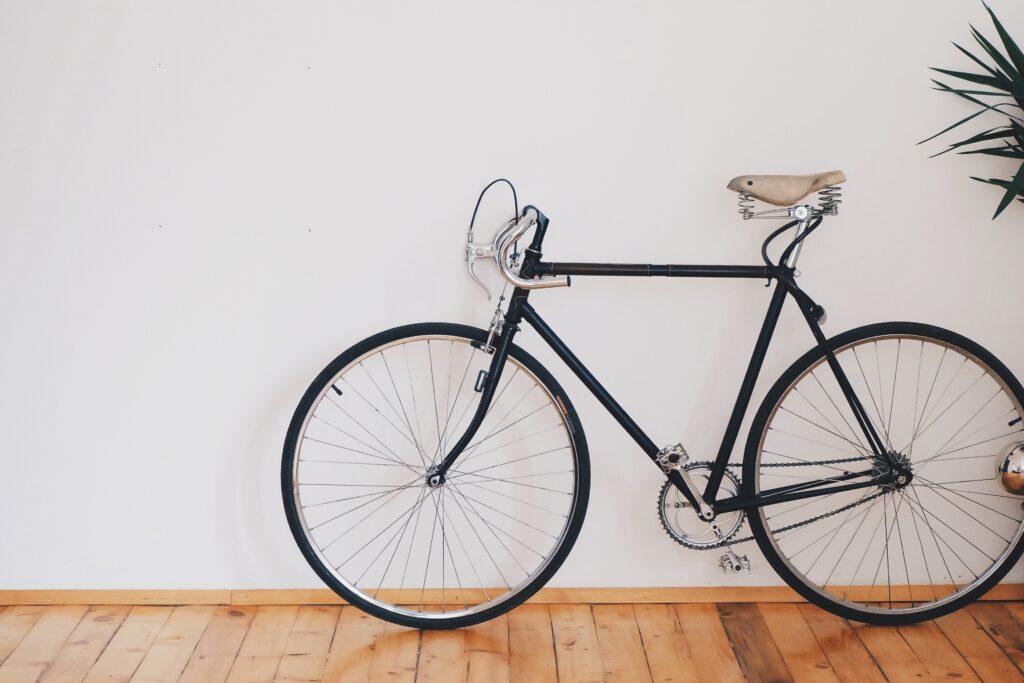
People use bicycles for a variety of purposes, including getting to and from work or school, exercising, competing in races or other sporting events, touring, or engaging in other non-competitive hobbies. Among the most specific uses for bicycles are:
- delivery of the mail and other courier services: Ninety-five percent of TNT Post’s mail is delivered by a fleet of roughly 1,000 cyclists across the United Kingdom. Numerous postal workers deliver mail on yellow-orange bicycles in several German, French, and Danish cities, with the mail being safely stored in front baskets, panniers, and trailers.
- government agents: Numerous police agencies in the US and Canada employ bicycle-mounted officers, most frequently on mountain bikes. In congested urban locations where it would be impossible for a regular police car to drive, bicycles give officers mobility. They also let them patrol farther on foot.
- medical services in an emergency: Larger cities in North America and the United Kingdom are seeing an increase in the use of paramedics on bicycles because they can navigate urban traffic more quickly than a traditional ambulance.
- the movement of products: Bicycles are used to deliver a variety of things around the world, including milk, bread, hot meals, small packages, fresh fruit, newspapers, and magazines. Utility cycling is the term for this type of bicycle use.
- Interior office transportation: Workers may utilize bicycles at some large automobile and other manufacturing factories to get from one area of the facility to another fast. A unique type of bicycle utilized for exercise in households or fitness facilities are stationary bicycle. They are also utilized for physical therapy and rehabilitation in clinical settings.
Bicycling is an activity that provides people with both physical and psychological benefits for their health, including:
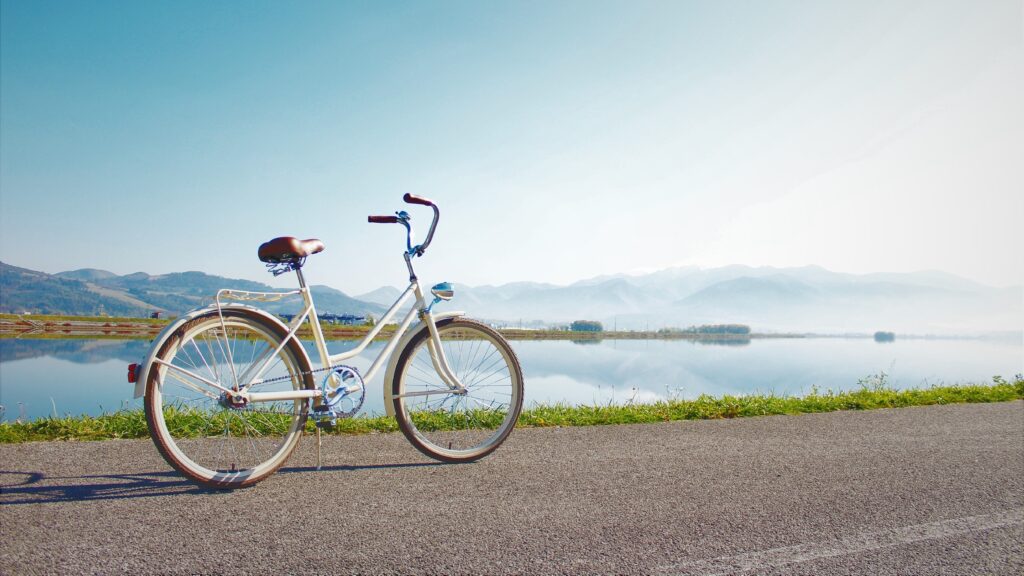
- Weight management: Cycling is a physical activity that boosts metabolism and burns calories to aid in weight management and the fight against obesity.
- Good blood flow: Bicycling causes an increase in blood flow throughout the body, which enhances oxygenation of the heart, muscles, and brain.
- Encouraging heart health: Bicycling is an aerobic exercise that boosts cardiac output while lowering blood pressure, lowering cholesterol, and maintaining heart health, lowering one’s risk for heart disease.
- Strength: Cycling makes use of low-impact exercise to support healthy bones and muscles while putting less strain on joints.
- Tone: Cycling promotes healthy muscle tone, particularly in the legs and hip region.
Types of Bicycles
1. Utility bicycles.

These are bicycles with midweight or heavyweight frames and tires that are used for short local journeys and errands. They frequently have a basket for carrying modest things.
2. Mountain bike.

These bicycles, which are sometimes referred to as off-road and all-terrain bicycles, have heavy frames, large studded tires, and crosswise handlebars to help the rider manage abrupt jolts or bumps in the road.
3. Racing bicycles.
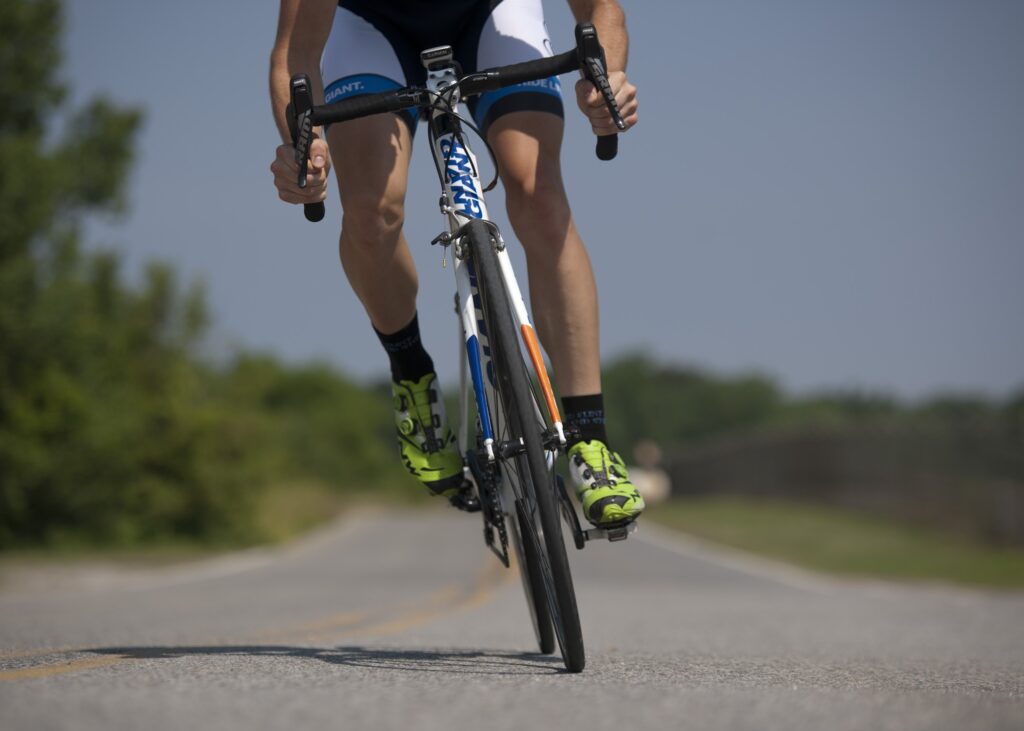
These bikes weigh little, have drop handlebars, and have high-pressure, narrow tires. They are geared for maximum speed and have few attachments.
4. Touring bicycles.
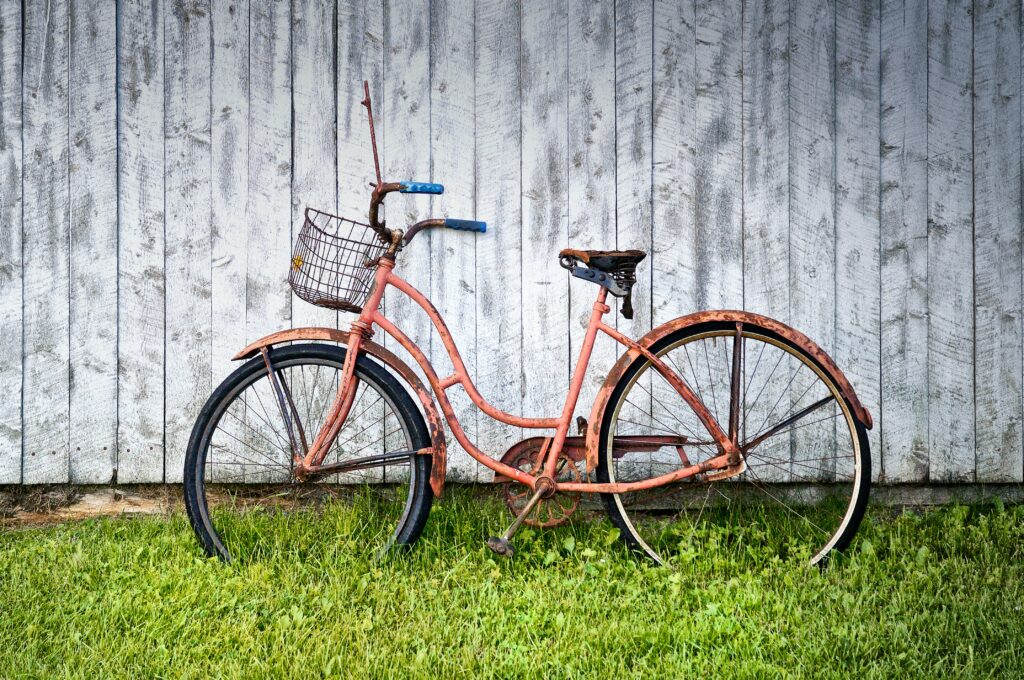
These are made to transport luggage and keep the rider at ease on lengthy journeys. They often have flexible frame materials and a lengthy wheelbase.
5. BMX bicycles.

These are made for acrobatics and tricks performed on uphill dirt tracks and feature comparatively tiny frames with very wide treaded tires.
6. Cruiser bicycles.
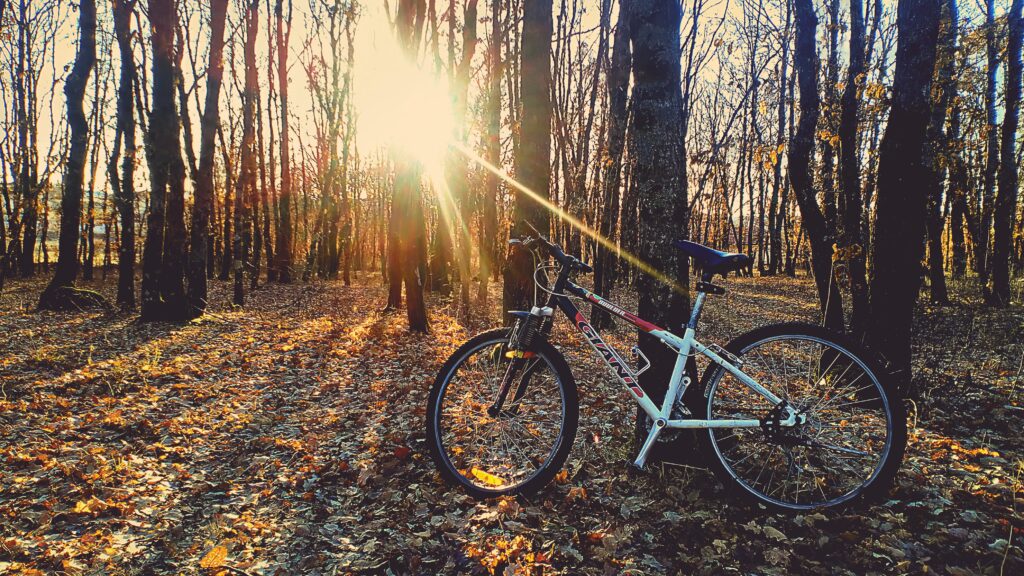
These heavy-framed bicycles have balloon tires. From the 1930s until the 1950s, they were the typical American bicycle, sometimes known as beach cruisers. Since the 1990s, they have experienced a comeback in popularity and are frequently accessible for rent at parks, boardwalks, and beaches with flat terrain.
conclusion
It is well-recognized that cycling helps participants by boosting their lung capacity, endurance, muscle strength, and flexibility. It reduces the risk of depression, lowers blood pressure, and aids in weight loss. By using a bicycle less frequently than driving a car, many people also discover that it can reduce their transportation costs.

